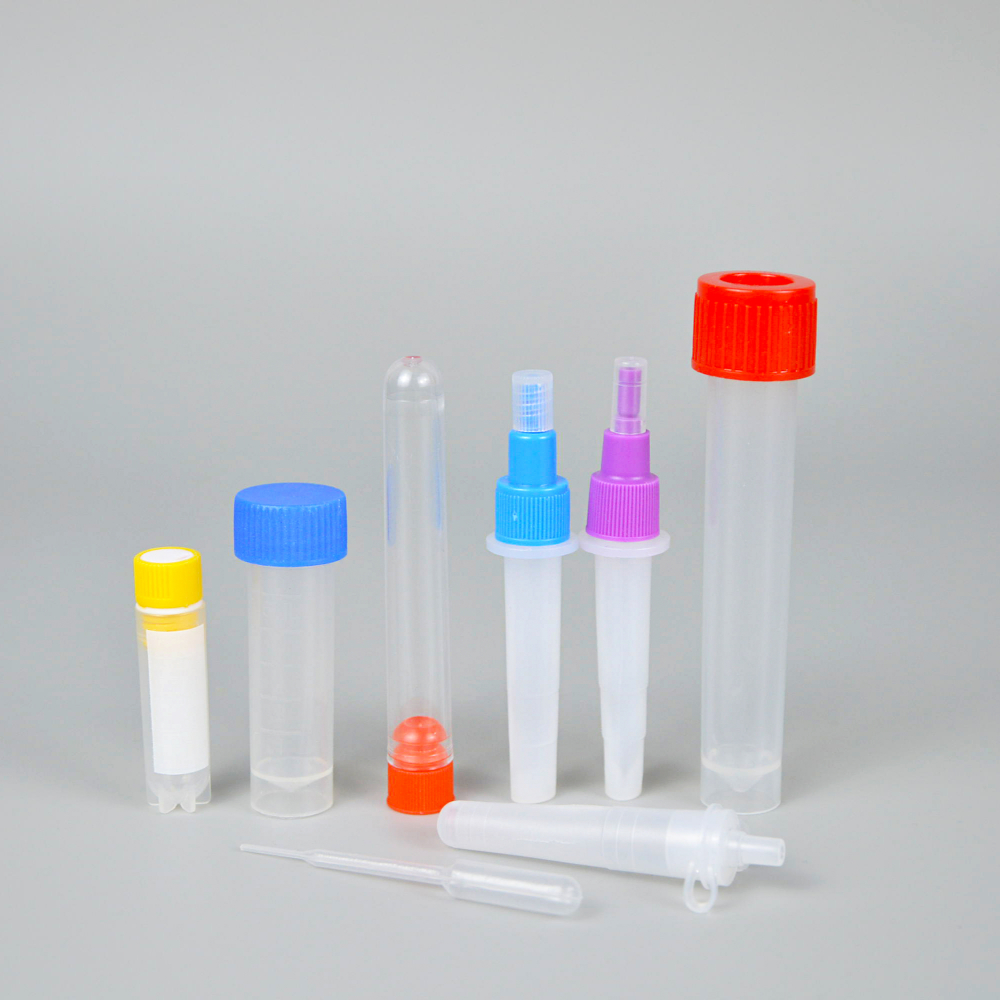Essentials for Storing and Labeling Chemistry Reagent Containers Effectively
The Importance and Safety of Chemistry Reagent Bottles
In the world of chemistry, the role of reagent bottles is often overlooked. Yet, these seemingly mundane containers are fundamental to the organization, safety, and effectiveness of chemical research and laboratory work. Reagent bottles come in various sizes, shapes, and materials, each designed to fulfill specific purposes in the laboratory. Understanding the importance of these bottles, as well as the safety measures associated with their use, is crucial for anyone working with chemicals.
Types of Reagent Bottles
Reagent bottles are typically made from glass or high-density polyethylene (HDPE). Glass bottles are favored for their chemical resistance and inert properties, making them ideal for storing reactive substances. Moreover, glass does not interact with the chemicals inside it, ensuring that experimental results remain uncontaminated. On the other hand, HDPE bottles are lightweight, shatterproof, and resistant to many chemicals, making them a popular choice for fieldwork or less hazardous substances.
Reagent bottles often come with different closure types. Screw caps are the most common, as they provide a secure seal that helps prevent leaks and contamination. Some specialized bottles may feature droppers or pipette tops for easy dispensing of liquids, which is essential for precision in measurements. In contrast, some bottles are designed for specific chemicals, such as amber glass bottles for light-sensitive compounds, protecting them from degradation due to exposure to ultraviolet (UV) light.
Labeling and Storage
Proper labeling of reagent bottles is an essential practice in any laboratory setting. Each bottle should clearly state the name of the chemical, its concentration, hazard classification, and the date it was received or opened. This information helps to ensure that users can quickly identify the contents and understand any associated risks. Mislabeling can lead to disastrous consequences, including chemical spills, reactions, and exposures.
Storage of reagent bottles is equally important. Chemicals should be stored according to their compatibility to avoid any dangerous reactions. For example, oxidizing agents should be kept away from flammable materials, and acids should not be stored near bases. Designated storage areas, such as cabinets equipped with proper ventilation, fire suppression systems, and secondary containment measures, are vital for maintaining a safe laboratory environment.
chemistry reagent bottle

Safety Considerations
Working with chemicals poses inherent risks, and reagent bottles play a crucial role in mitigating these hazards. Safety data sheets (SDS) should always be available and consulted before working with any chemical. These sheets provide critical information about the health hazards, handling precautions, and emergency response measures associated with the chemicals stored in reagent bottles.
When handling reagent bottles, standard laboratory safety equipment, such as gloves, goggles, and lab coats, should be worn to protect against splashes and spills. In the event of a spill, knowing the proper cleanup procedures and having appropriate materials on hand can help contain the situation and minimize exposure. Furthermore, personal protective equipment (PPE) should be used in conjunction with chemical fume hoods when handling volatile or hazardous substances.
Waste Disposal
Proper disposal of reagent bottles and their contents is essential in minimizing environmental impact and adhering to regulations. Many chemicals cannot be disposed of through regular waste streams and require specific disposal methods. Laboratories must have protocols in place for collecting and disposing of hazardous waste, ensuring that all reagents are handled responsibly.
The use of a chemical waste disposal log can help track the types and amounts of chemicals being disposed of, facilitating compliance with environmental regulations. Additionally, when disposing of empty reagent bottles, they should be rinsed and labeled as “empty” only if they contain less than 1% of the original contents. It’s crucial to check local regulations regarding the disposal of different types of chemical containers.
Conclusion
In conclusion, reagent bottles are indispensable tools in chemistry laboratories. From their various types and designs to the critical importance of labeling, storage, and safety practices, understanding how to properly manage reagent bottles is vital for anyone involved in chemical research or experimentation. By following established safety protocols and maintaining a keen awareness of the hazards associated with chemical storage and handling, laboratory professionals can create a safer and more efficient working environment. In doing so, they contribute to the advancement of scientific knowledge while safeguarding themselves and the surrounding community.
-
Aesthetic Makeup Spray Bottles | Fine Mist Empty RefillableNewsAug.19,2025
-
White Plastic Veterinary Vaccine Vials | Lab Liquid BottlesNewsAug.18,2025
-
Plastic Medicine Liquid Bottle: Secure Flip Top Drug VialsNewsAug.17,2025
-
Durable 250ml Blue Plastic Vaccine Vial for Lab & Vet UseNewsAug.16,2025
-
Sterile Virus Sample Tubes: Secure & Reliable Specimen CollectionNewsAug.15,2025
-
White 250ml Plastic Vaccine Vial for Lab & Vet MedicineNewsAug.14,2025
























